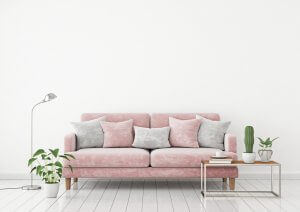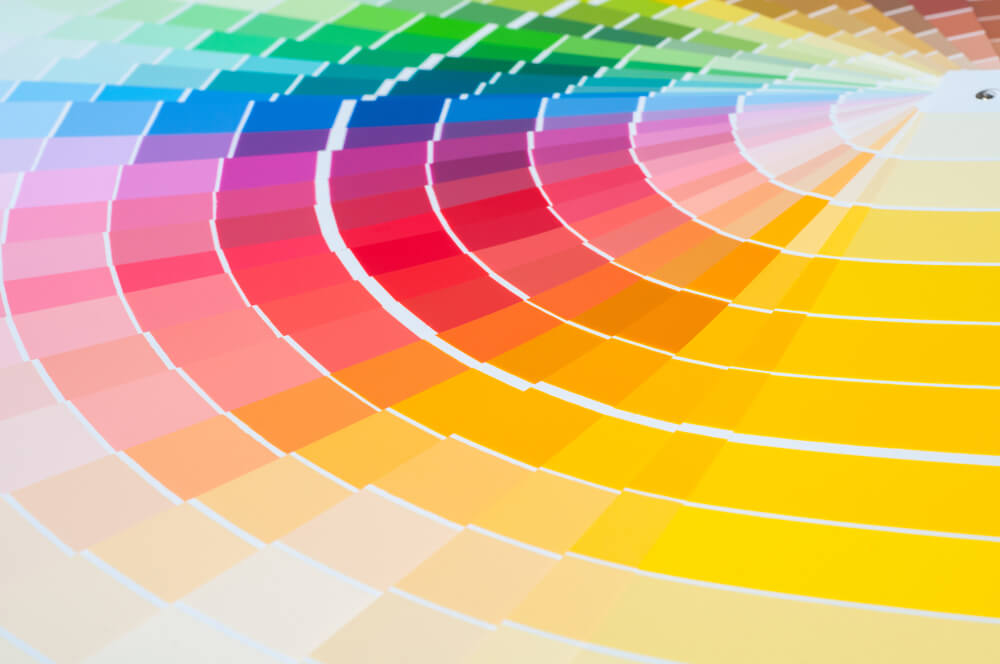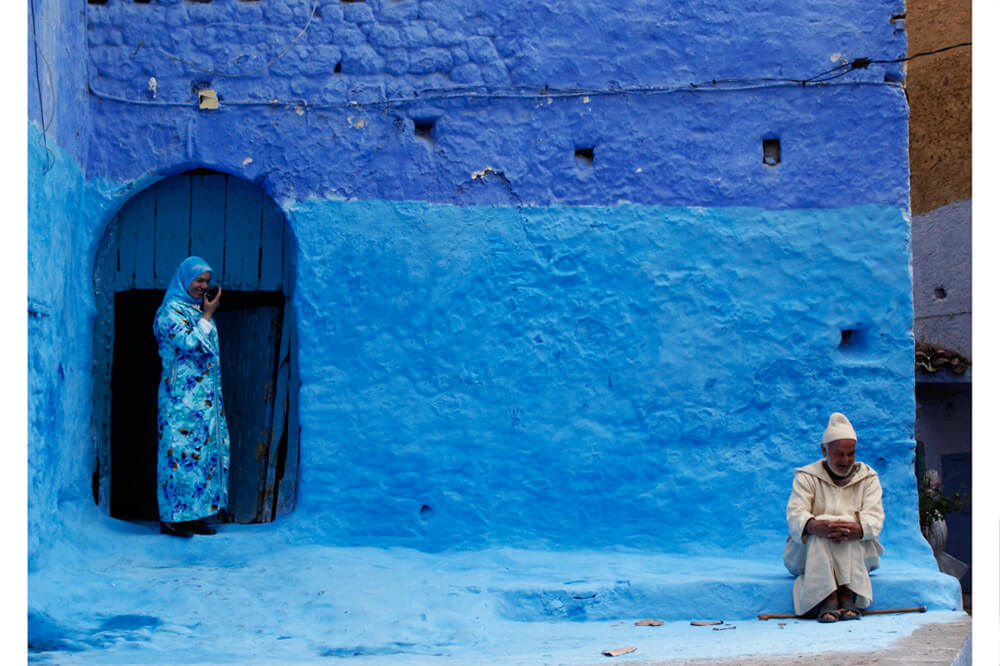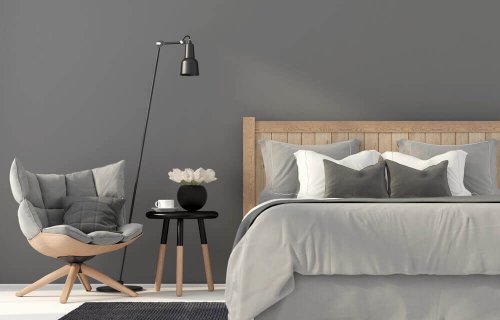Have You Ever Heard of These Colors?

Sure, we know plenty about color psychology and how it affects our emotions. Colors set new trends. We use them to meet certain objectives and their many shades can fill anything with purpose.
Pantone unveiled Living Coral as the color of the year. It filled 2019 with optimism, life, new energy and love for marine life.
But there is a world of colors like Living Coral that we want to show you. Discover a new range of colors to decorate your life.
Colors and the human eye

The human eye can detect millions of colors so it’s only natural that we can’t name every single one. But did you know that not all colors are officially known?
Researches have analyzed inks, cave paintings, Renaissance paintings, stained fabrics and more under the microscope and have created a vast color catalog at the Harvard Library.
The University safeguards pigments from all over the world, conserving them in the original glass containers they were discovered in.
In the past, colors were linked to social classes, time periods or painting styles. They also could reveal the eccentricities of a curious artist who experimented with colors pulled from nature.
The science of color
Despite the fact that today we have Pantone, which registers and standardizes colors, there are still colors that are a complete mystery. Scientists analyze them to discover their centuries-year-old origins and compositions.
Color scientists use tools like gas chromatography, Raman spectroscopy, mass spectrometry, and electron microscopy to decode the exact chemical compositions of the colors they study.

New colors for decor
- Australien: Australien received its name from the similarity it shares with the deeply intense orange color of the Australian landscape. The color dates back to England during the Victorian age.
- Banan: Yes, you’re right. The color is that of a banana – a strong, lively yellow.
- Bastard-amber: Bastard-Amber is a popular color in the theater. It gives warmth to sets and is a mix between pink and peach.
- Blue-green: Some people think blue-green leans more towards green while others would say just the opposite. In other languages, blue-green is “cerceta“, which derives from the name of a special duck. The duck has a strip of blue-green on the top of its head, hence its name. Blue-green has been very popular in recent years.
- Cerulean: According to Wikipedia, cerulean “is a shade of blue ranging between azure and a darker sky blue”. As a pigment, cerulean represents the sky, the oceans and other bodies of water.

Other colors to discover
- Falu red: Falu derives from the name of a Swedish city. In the 16th century all of the houses were painted a red tone that came from the leftover iron from their mines.
- Greige: Griege is a neutral tone that stands in between gray and beige. It has the coolness of gray yet the warmth of beige as well.
- Labrador: This shade of blue gets its name from the mineral labradorite.
- Aquamarine green: Blue and green come together once again to create a gentle, almost transparent color.
- Wisteria: Wisteria is a shade of violet and gets its name from the plant, not Desperate Housewives!
- Zinnwaldite: Zinnwaldite, the mineral, has a peachy tone with streaks of orange.

Now you know more colors! Use them to decorate your home. Create your own color palettes and give your home a unique, memorable decor.
Sure, we know plenty about color psychology and how it affects our emotions. Colors set new trends. We use them to meet certain objectives and their many shades can fill anything with purpose.
Pantone unveiled Living Coral as the color of the year. It filled 2019 with optimism, life, new energy and love for marine life.
But there is a world of colors like Living Coral that we want to show you. Discover a new range of colors to decorate your life.
Colors and the human eye

The human eye can detect millions of colors so it’s only natural that we can’t name every single one. But did you know that not all colors are officially known?
Researches have analyzed inks, cave paintings, Renaissance paintings, stained fabrics and more under the microscope and have created a vast color catalog at the Harvard Library.
The University safeguards pigments from all over the world, conserving them in the original glass containers they were discovered in.
In the past, colors were linked to social classes, time periods or painting styles. They also could reveal the eccentricities of a curious artist who experimented with colors pulled from nature.
The science of color
Despite the fact that today we have Pantone, which registers and standardizes colors, there are still colors that are a complete mystery. Scientists analyze them to discover their centuries-year-old origins and compositions.
Color scientists use tools like gas chromatography, Raman spectroscopy, mass spectrometry, and electron microscopy to decode the exact chemical compositions of the colors they study.

New colors for decor
- Australien: Australien received its name from the similarity it shares with the deeply intense orange color of the Australian landscape. The color dates back to England during the Victorian age.
- Banan: Yes, you’re right. The color is that of a banana – a strong, lively yellow.
- Bastard-amber: Bastard-Amber is a popular color in the theater. It gives warmth to sets and is a mix between pink and peach.
- Blue-green: Some people think blue-green leans more towards green while others would say just the opposite. In other languages, blue-green is “cerceta“, which derives from the name of a special duck. The duck has a strip of blue-green on the top of its head, hence its name. Blue-green has been very popular in recent years.
- Cerulean: According to Wikipedia, cerulean “is a shade of blue ranging between azure and a darker sky blue”. As a pigment, cerulean represents the sky, the oceans and other bodies of water.

Other colors to discover
- Falu red: Falu derives from the name of a Swedish city. In the 16th century all of the houses were painted a red tone that came from the leftover iron from their mines.
- Greige: Griege is a neutral tone that stands in between gray and beige. It has the coolness of gray yet the warmth of beige as well.
- Labrador: This shade of blue gets its name from the mineral labradorite.
- Aquamarine green: Blue and green come together once again to create a gentle, almost transparent color.
- Wisteria: Wisteria is a shade of violet and gets its name from the plant, not Desperate Housewives!
- Zinnwaldite: Zinnwaldite, the mineral, has a peachy tone with streaks of orange.

Now you know more colors! Use them to decorate your home. Create your own color palettes and give your home a unique, memorable decor.







